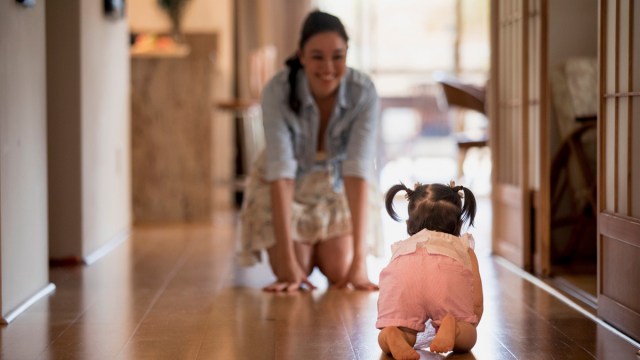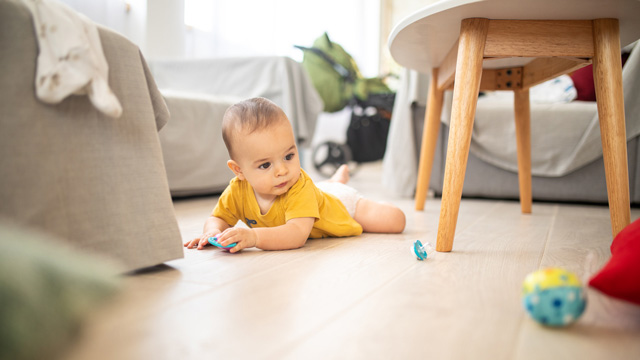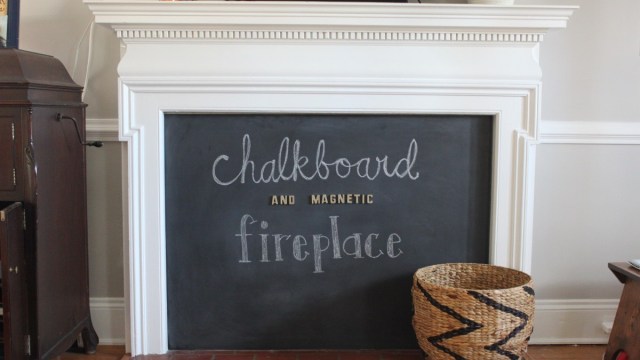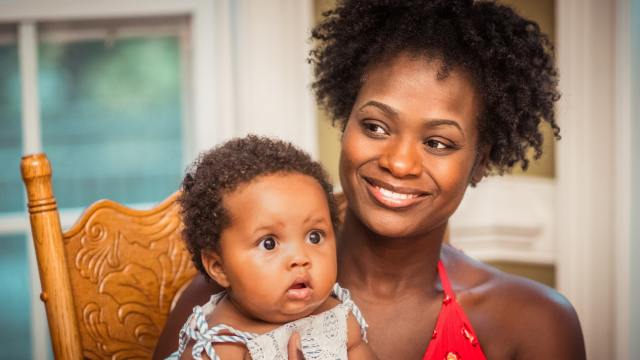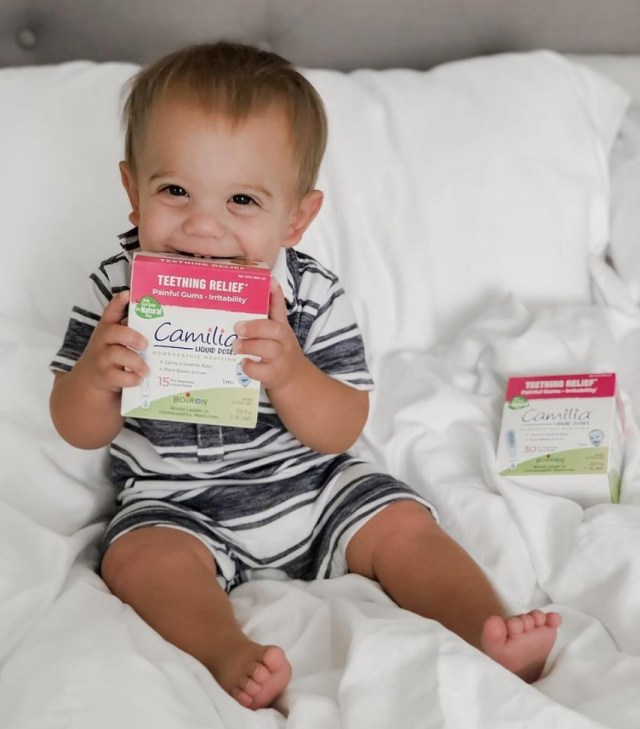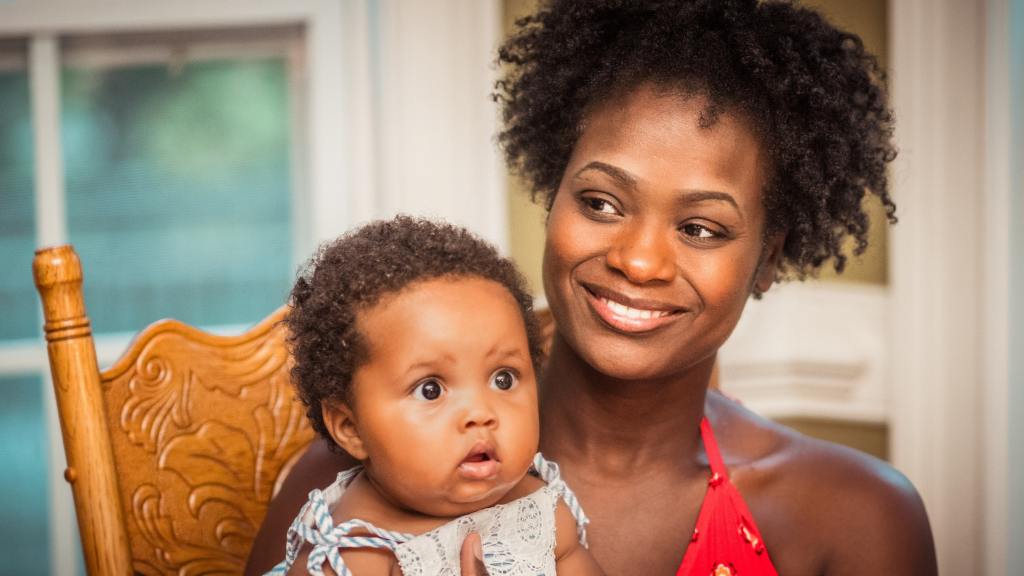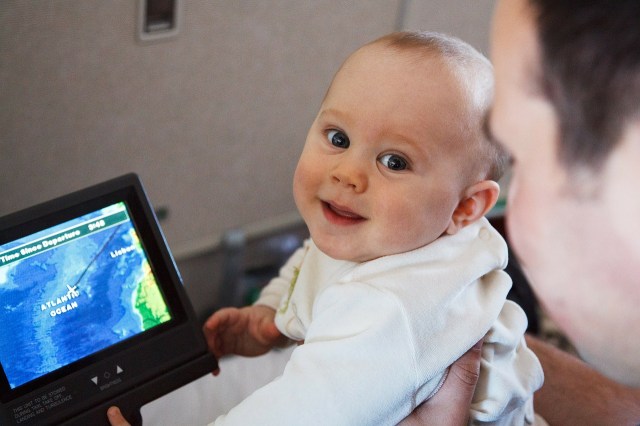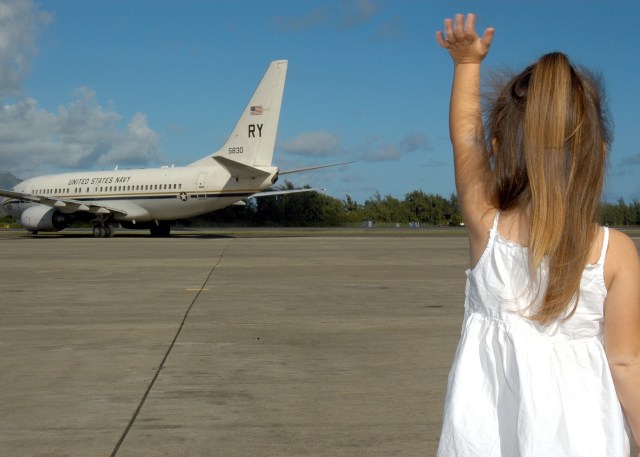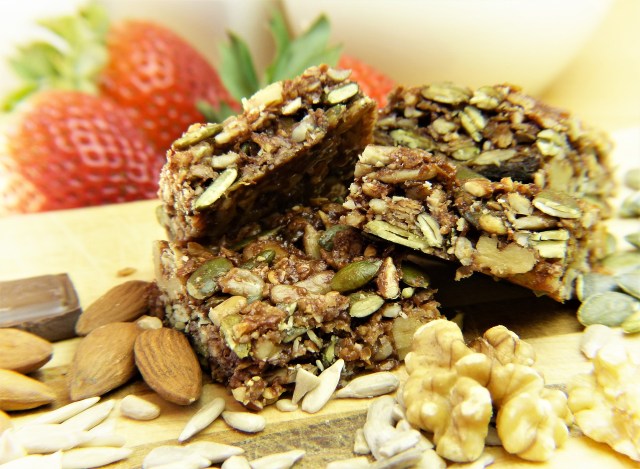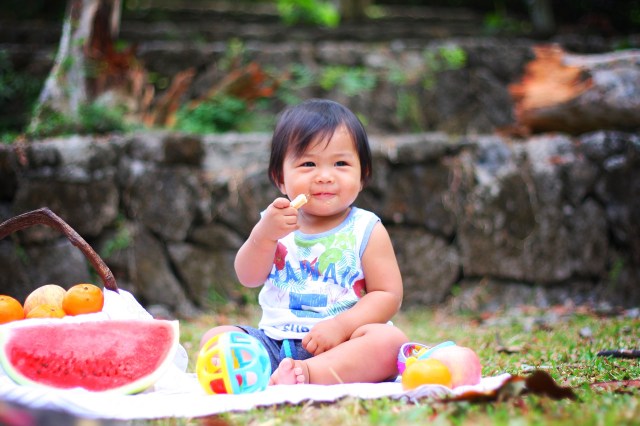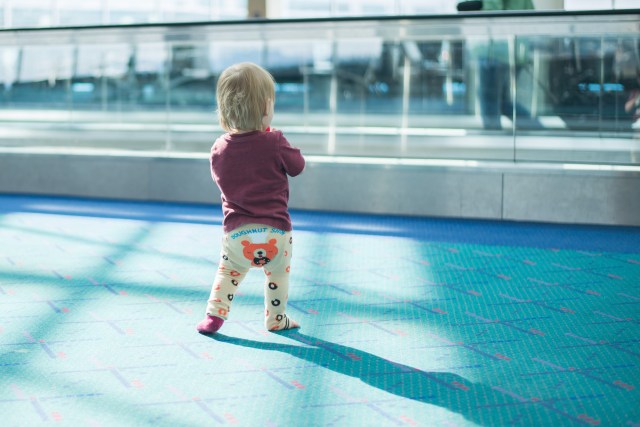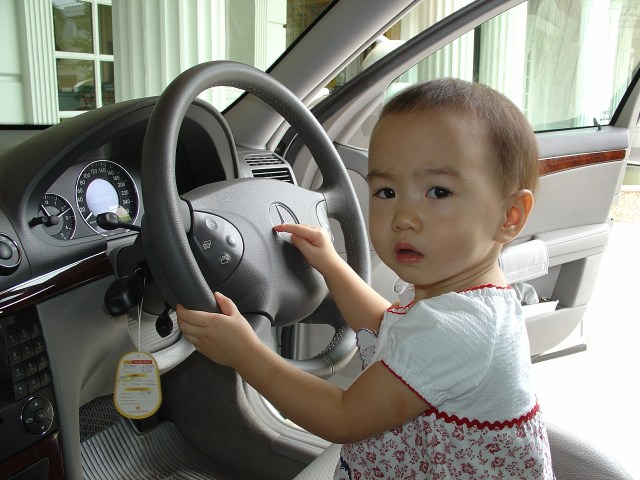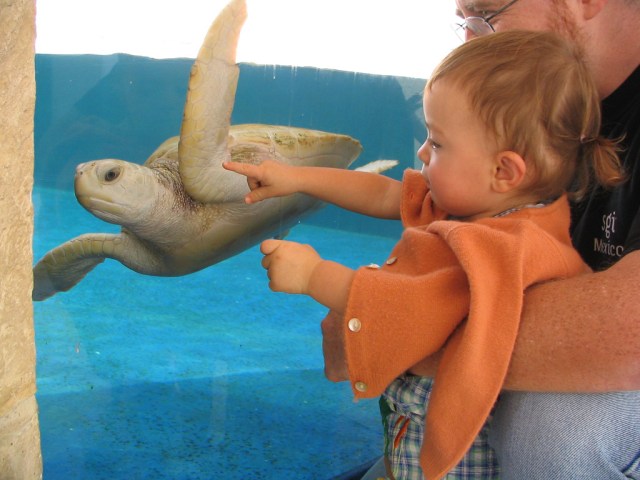There’s no reason you can’t be the mastermind behind your own baby photoshoots
You’ve probably been taking impromptu pics of your baby since day one—an unexpectedly adorable expression here, a snuggly selfie there. But wouldn’t it be nice to have a few really good shots of your growing family? Yes, you could hire a professional photographer to create the perfect experience, or you could get creative and do it yourself (which can be a lot more fun!). With the holiday season on the horizon, you have a great excuse to get everyone together for some quality, photo-worthy time, and then share the amazing snaps from your baby photoshoot with friends and family on Tinybeans (check out our app here!).
Here’s how to plan and execute your DIY photo shoot.
1. Enlist a friend or family member
Do you have a teenage niece or nephew who’s passionate about photography? What about a neighbor with a really great DSLR camera? Call in a favor and ask if that artsy pal of yours would be interested in setting aside an hour or two to capture your family for a moment in time. Offer to return the favor in some way (especially if he or she has a family to be photographed!), and say “thanks” with a gift card to a nice restaurant or a bottle of wine and some gourmet chocolate.
2. Nail the timing
Think about your baby’s fluctuating energy and moods throughout the day, and pick a time when you know your little one will be the most calm and content. For some, this is first-thing in the morning. For many, this is right after a nap or feeding. Be flexible with your baby photoshoot and work around the youngest one’s temperament. Also, if you’ll be shooting outside, try to maximize the natural light by taking advantage of early morning or late afternoon rays, but avoid the harsh overhead sun at midday.
3. Coordinate outfits—without being matchy-matchy
We’re all familiar with the matching khaki pants and crisp white shirt look found in countless family photos. While you want to look cohesive, don’t feel obligated to match outfits, which can look canned and inauthentic. Instead, decide on two or three colors (at least one being a neutral) that you will use as your inspiration and find outfits that fit the bill. Simple, solid (non-patterned) clothing is always a safe bet.
4. Carefully consider props
Think about what toys and objects mean something to you and your little ones. If your child has a favorite, love-worn stuffed animal, why not include it in the shot? Be selective, but try a few different props that are unique to your family. And be sure to bring plenty of soft blankets to lay on the grass, curl up in, and play peek-a-boo with.
5. Get low and close
If you’re all sitting on a blanket or casually lying down on the grass, ask your photographer to get as low to the ground as possible so you’re all at the same eye level. And see if he or she is willing to do some close-up shots in addition to wider angles. The variety will make for a really nice collection of photos.
6. Be goofy
Encourage everyone to be silly in an effort to get the baby to laugh and smile. Too often, parents are focused on “looking” polished and perfectly happy in their first baby photoshoot. But feeling carefree in the moment and trying to have fun will result in nicer, more natural images.
7. Forget the camera
Some forward-facing shots are a good idea, but try not to focus on where the camera is at all times. Ask the photographer to move around and achieve different angles that way, rather than trying to coax your baby to turn in a specific direction. Candid shots can be unique and just as gorgeous as posed photos.
8. Don’t stop shooting
If your pal hasn’t photographed babies or tots before, kindly explain that fast-moving little ones make for difficult models so he should use continuous shooting mode and keep snapping. Chances are, one or two of the series will be the perfect pic.
9. Take turns
A big, happy family photo is a great idea, but don’t hesitate to take turns experimenting with who’s in the photo. Take some with just kids, just Dad and baby, just Mom and baby, and all potential iterations. Don’t get too preoccupied on everyone being in same photo.
10. Just go with the crazy
If you have an older toddler running around in circles or your newly crawling baby wants to be on the move, grab a kid, have your partner do the same, and flip them upside down for a playful shot. If tears or tantrums are part of the mix, don’t stress. They can actually make for great, memorable photos.
For parents who want to share special moments with friends and family without making it a public display, there’s the Tinybeans app (you can learn more and download here!). The secure platform puts parents in total control of who sees and interacts with photos and videos of their kids.






